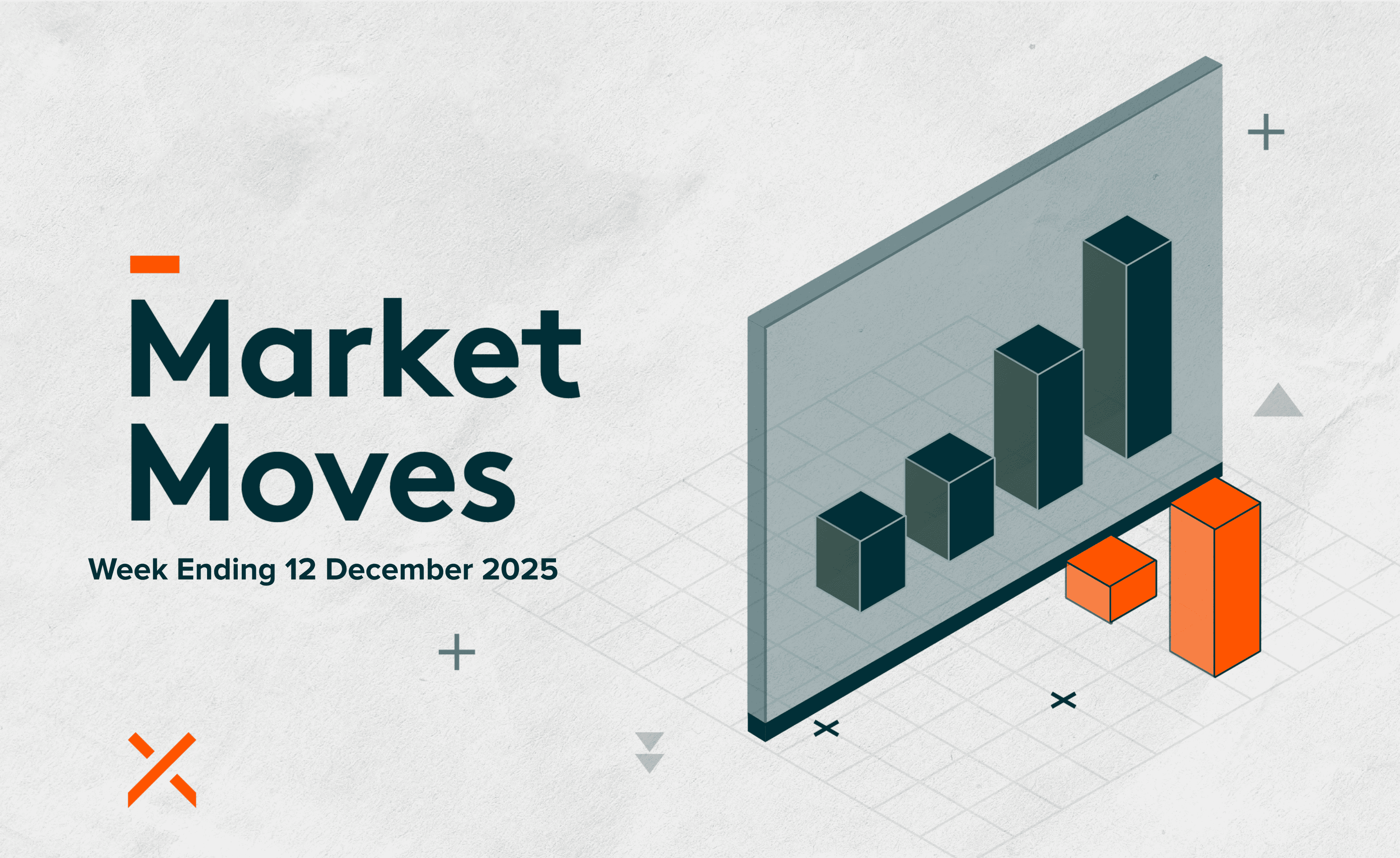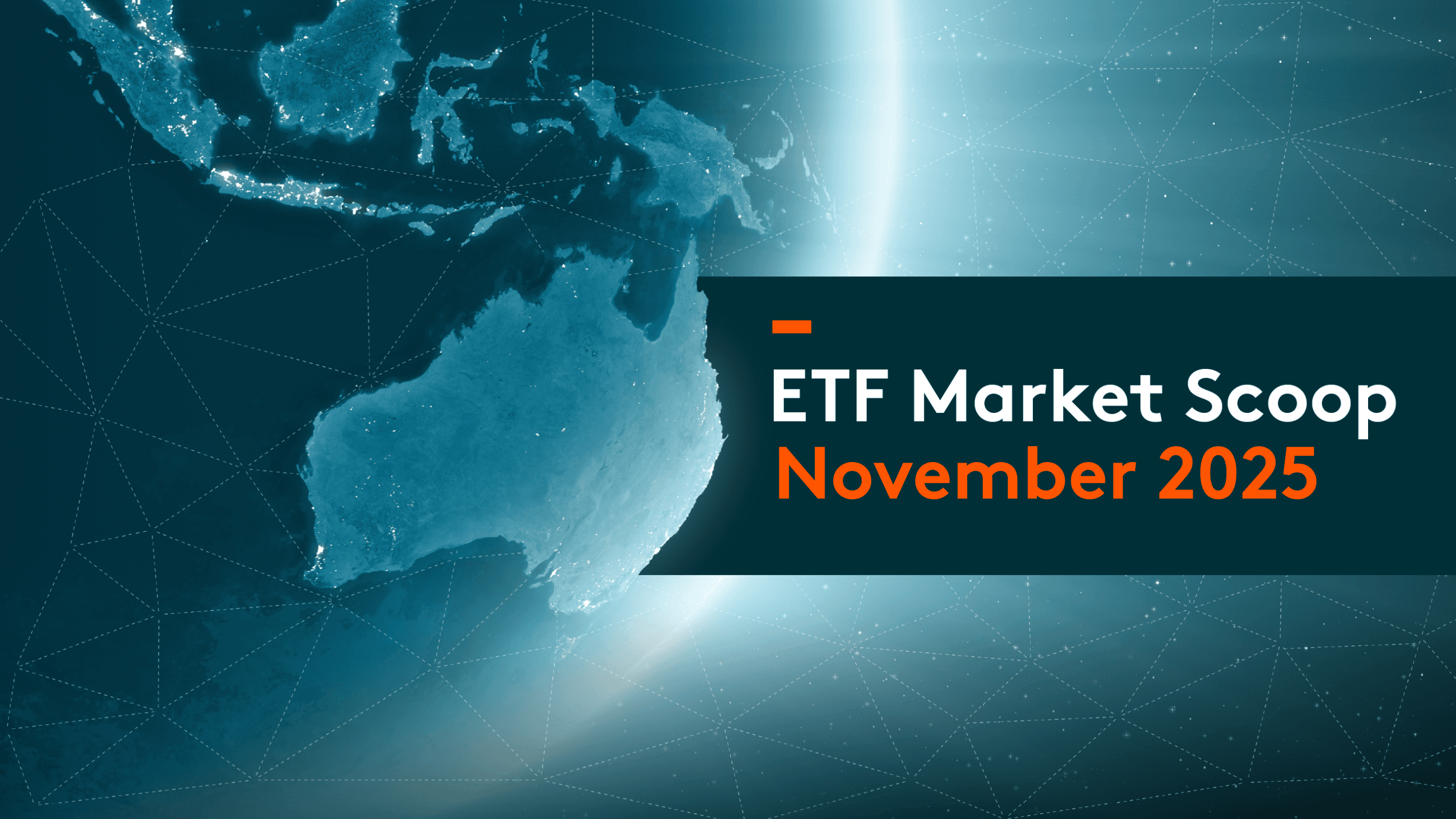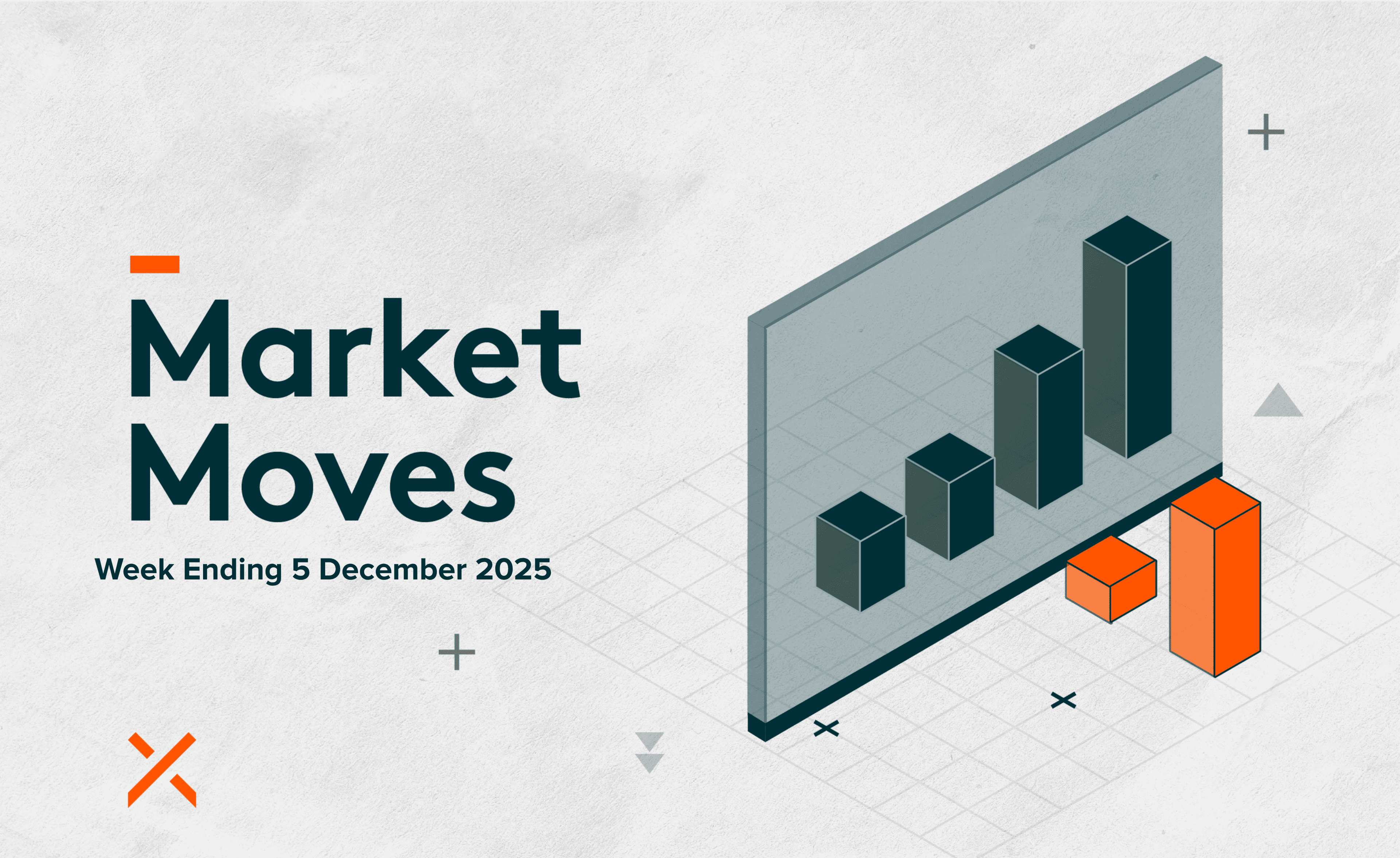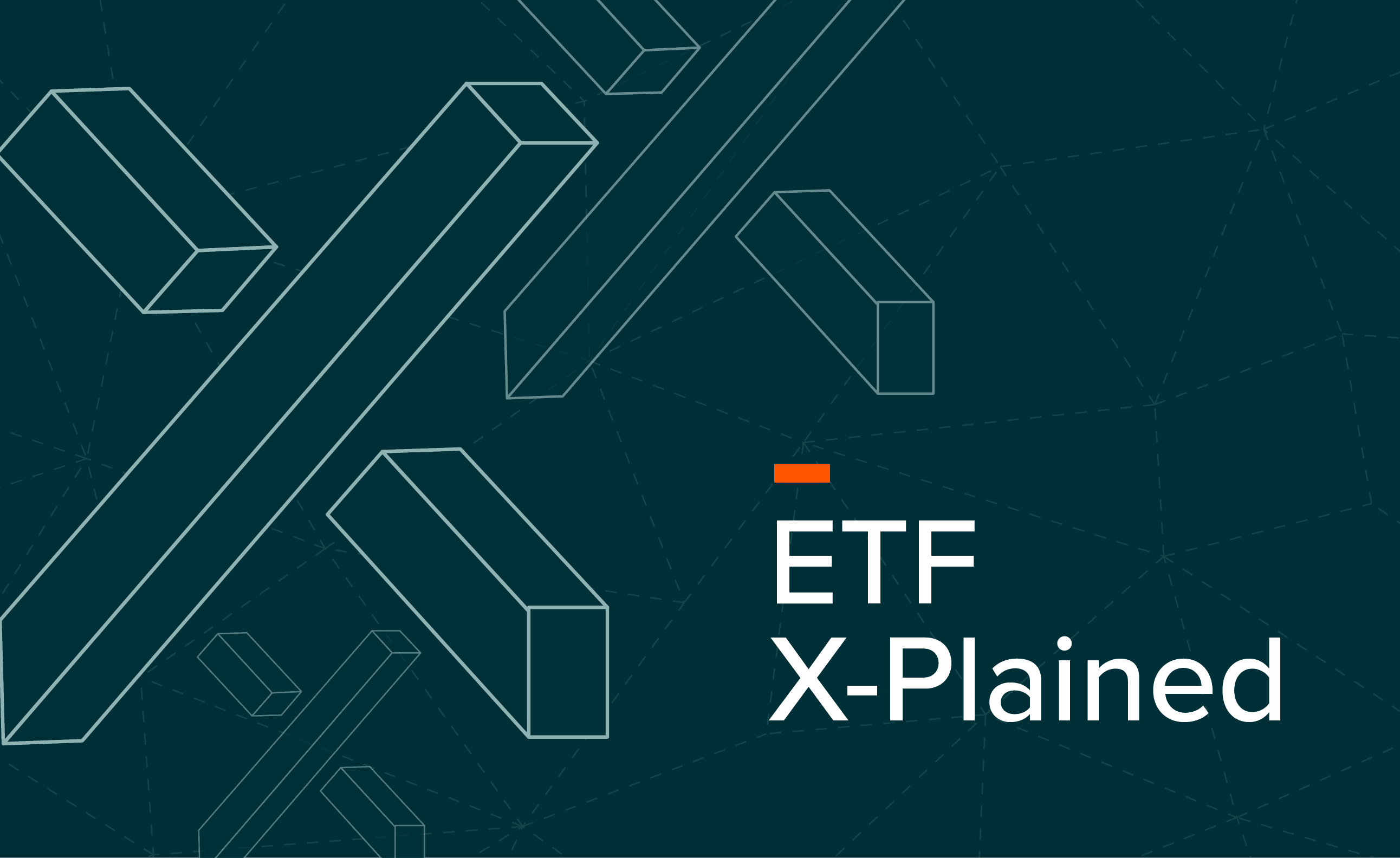
Education Hub
Global X's Education Hub provides valuable resources to help investors understand and navigate investment strategies and market trends.
Why Use ETFs?
Exchange-traded funds (ETFs) have rapidly risen in popularity globally due to their simplicity, transparency and cost effectiveness. In Australia alone, the ETF market grew by almost 40% in 2024 with almost two million Australians using them as part of their investment portfolio. The uptake of ETFs can also be attributed to their ability to offer instant diversification and access to global markets – from stocks and commodities to bonds and cryptocurrencies.
Top Five Reasons to Use an ETF
What are the top reasons to use ETFs? There are numerous reasons why more investors are using ETFs each year, but five key reasons stand out – flexibility, accessibility, cost-effectiveness, transparency, and simplicity.
Diversification
ETFs provide exposure to a range of asset classes across different sectors and regions in a single investment.
Flexibility
ETFs can be used to achieve numerous investment strategies.
Accessibility
ETFs are listed and traded in a similar way as shares. They can be bought and sold through brokers and platforms at a known price whenever the stock exchange is open as prices are quoted throughout the day.
Cost-effectiveness
ETFs provide a cost-effective way to gain diversification via a benchmark or exposure to assets previously difficult to access. They commonly charge lower fees than actively managed strategies.
Transparency
Unlike other investment vehicles, ETF constituents (also referred to as holdings) are published on a daily basis – this transparency makes it easier for the investor to see exactly what they own.
What are the Benefits of Using ETFs?
ETFs are designed to provide a simple solution to achieve different types of investment goals. Here are some of the key characteristics of ETFs which can benefit investors:
ETF Characteristics & Benefits
- Low cost: Lower cost way to access diversified market exposure than an actively managed fund or buying a number of individual stocks.
- Listed on a stock exchange: Shows exactly how your investment is performing.
- Trades like shares: Buying and selling as easily as shares anytime the market is open, using normal brokerage accounts.
- Liquid asset: ETFs are as liquid as the underlying asset that they hold.
- Tracks an underlying: Aims to provide the same return as underlying benchmark or asset.
- Provides access: Offers investors access to a broad range of markets and asset classes.
- Tax efficient: Tend to have lower turnover than an actively managed fund, therefore realise less capital gains on buying and selling underlying assets.
Risks to Consider
While ETFs have many benefits it is important to have a balanced understanding of the potential risks associated with ETFs.
- Market risk: ETFs replicate the price movements of their underlying benchmark or asset so their performance is affected by the volatility of their underlying markets.
- Tracking difference: The structure and cost of an ETF means it may not track its underlying exactly.
- Tax: As with the majority of investments, ETFs will usually incur some form of taxation. Each investor should obtain independent tax advice.
- Costs: All ETFs incur costs, whether internal costs (related to the product) or external costs (incurred in trading the product).
- Currency: Any investment involving a non-local currency will be affected by exchange rate fluctuations (unless the product incorporates a currency hedge).
ETFs vs Other Investment Vehicles
ETFs are just one type of investment vehicle Australian investors can use. Understanding the differences between the vehicles will help an investor determine which is the most suitable for their needs.
ETFs vs Managed Funds
Like an ETF, investor contributions to a managed fund are pooled so they can be managed as a fund, in line with an investment strategy. However, where an ETF simply seeks to track a rules-based index, an actively managed fund will buy and sell assets based on the decisions of a fund manager.
Due to the fees charged by the professional fund manager, the costs of investing in a managed fund tend to be significantly higher than the cost of investing in an ETF.
As most managed funds are not listed, the investor will usually trade directly with the fund manager when buying or selling units. There will typically be one price per day available to investors (whereas ETFs trade throughout the day), and this will be forward priced (i.e. the investor doesn’t know the price they traded at until the next day).
As the performance of a managed fund is determined by the investment decisions taken by the fund manager, there is the risk that the fund may underperform its benchmark.
ETFs vs Listed Investment Companies (LICs)
Like a managed fund, a LIC pools investor contributions and is managed by a professional fund manager, so fees also tend to be significantly higher than an ETF and there is the risk that the LIC may underperform its benchmark.
Although a LIC is listed on the secondary market (so does trade throughout the day), a LIC is closed-ended which means it issues a fixed number of shares (whereas an ETF is open-ended so it can create or cancel shares when investors trade the ETF). Because the LIC only has a set number of shares, the value of the share will change depending on supply and demand, as well as the performance of the underlying asset, so the LIC can trade at a premium or discount to the value of its underlying assets.
Why Using ETFs Can Help Your Portfolio
ETFs are flexible, accessible, cost-effective, transparent, and simple. Plus, they offer a number of key benefits for all different types of investors, particularly in comparison to legacy investment vehicles like managed funds and LICs. As with all investments, it is important to consider the potential risks associated with specific ETFs and read the relevant TMD and PDS to determine if an ETF is right for you.
Read our article on explore How to Construct a Portfolio here
Website Disclaimer
Global X Management (AUS) Limited (“Global X”) (Australian Financial Services Licence Number 466778, ACN 150 433 828) is the product issuer. Offers of interests in any retail product will only be made in, or accompanied by, a Product Disclosure Statement (PDS). In respect of each retail product, Global X has prepared a target market determination (TMD). Each PDS and TMD is available at www.globalxetfs.com.au.
The information on this website is general in nature only and does not take into account your personal objectives, financial situations or needs. Before acting on any information, you should consider the appropriateness of the information having regard to your objectives, financial situation or needs and consider seeking independent financial, legal, tax and other relevant advice having regard to your particular circumstances. Any investment decision should only be made after obtaining and considering the relevant PDS and TMD. Investments in any product issued by Global X are subject to investment risk, including possible delays in repayment and loss of income and principal invested. The value or return of an investment will fluctuate and an investor may lose some or all of their investment. Past performance is not a reliable indicator of future performance.




